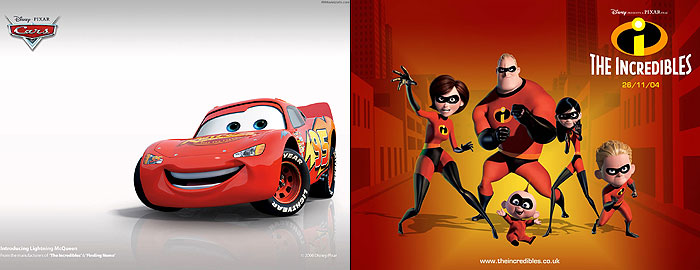
 “The Perfect Human” is a perfect film to make again
“The Perfect Human” is a perfect film to make again“Perfection” is an experiment on human biological isolation.A walk down the Corso Como in Milan brought me to a video installation named ‘Perfection’. Inside I found a huge installation of mannequin and three videos playing at the same time. A search for inner beauty and its perfection, corresponding genders too.
A search for the silent space that separates the created from the creator.
Nothing is more perfect than what it already is or what it never was.
Atelier ABC presents the new short film by Saverio Palatella that reconfirms his artistic partnership with director Maria Arena and measured with them in this test are a team of very special artists: Amedeo Pace, one of the souls of Blonde Redhead, for the soundtrack, Alioscia Bisceglia leader of Casino Royale, voice over and Italian narrator, together with Catherine Balanza, French narrator, the young DOP, Fabrizio La Palombara, on photography, the promising writer Christiano Cerasola and the actress Celine Darrien in the role of perfect
protagonists.
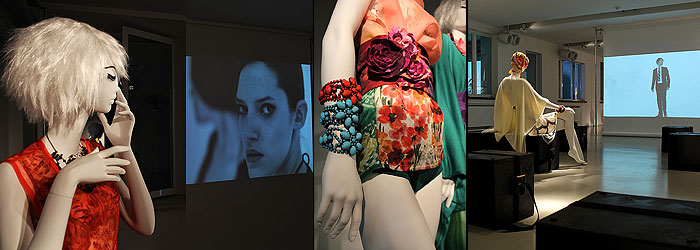
A remake of “Det perfekte menneske” (The Perfect Human) the noted short film by Jorgen Leth in 1967, not by chance re-shot 5 times, according to precise rules, in Lars Von Trier’s challenge ‘The Five Obstructions’ (2003) . Perfect and Sterile enough to be able to “abuse” at will, broken up, reassembled, and then reinterpreted in an endeavor to render the imperfect human being the “perfect human”. The man and woman, lend themselves to the documention of the functions of the ‘perfect’ human being. The exercise begins in an empty white room. Nothing can distract the experiment.

In preview, a presentation of the musical passage “NosSilencesNosParoles” written and produced by Amedeo Pace and Stephen Ghittoni. Saverio Palatella now presents himself as a seeker of new art forms that may naturally contain the world of knitwear and tricot couture to which he has dedicated many long years. After launching the partnership during the furniture fair, ABC confirms its collaboration with ALU, official partner of Atelier through modular display solutions. On the occasion of the presentation of Perfection, the Venetian company proposes a display in line with the essence and emotion of Saverio Palatella’s project.

A dedicated to the best of international avant-garde art, proposing an event dedicated to video art, alien to the conventional circuits of cultural production.
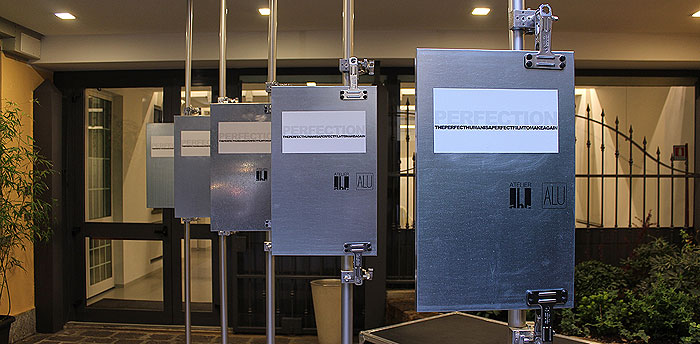
Posted by : Amal Kiran Jana from Milan,at 05: 52 PM


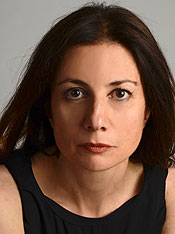

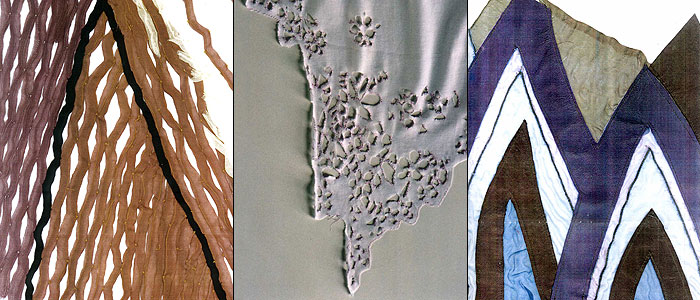
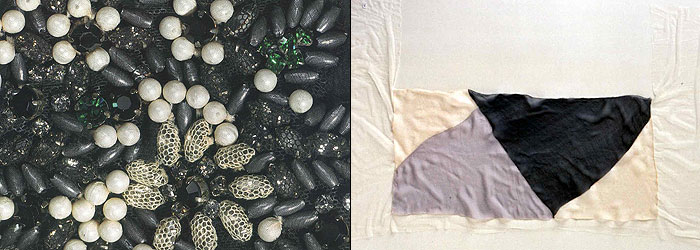

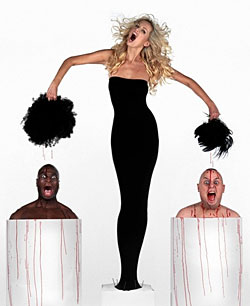 The photographer, Gérard Rancinan, and the author, Caroline Gaudriault are keen observers of our rapidly changing world. The work is unique in its genre. First comes the photographic impact, then the force of the ideas by which the images are underpinned.
The photographer, Gérard Rancinan, and the author, Caroline Gaudriault are keen observers of our rapidly changing world. The work is unique in its genre. First comes the photographic impact, then the force of the ideas by which the images are underpinned.



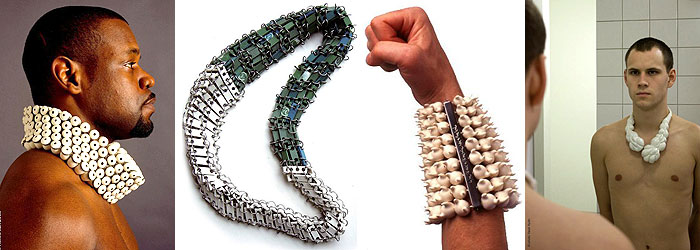





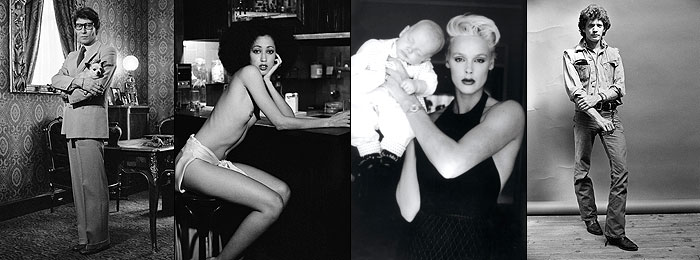







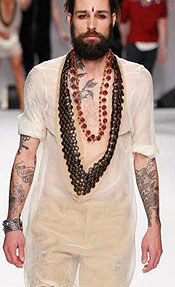 Over time a lot of emphasis has grown on the men’s fashion week. It is very much as awaited as the women’s fashion week. During the early weeks of January the streets of Milan is overloaded with good looking male models. So, the hint arrives – Fall/Winter collections are on its way to be showcased.
Over time a lot of emphasis has grown on the men’s fashion week. It is very much as awaited as the women’s fashion week. During the early weeks of January the streets of Milan is overloaded with good looking male models. So, the hint arrives – Fall/Winter collections are on its way to be showcased.



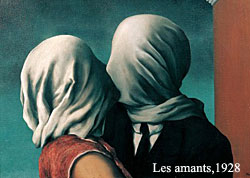 René François Ghislain Magritte, born on 21 November was a Belgian surrealist artist. He became well known for a number of witty and thought-provoking images. His work challenges observers’ preconditioned perceptions of reality. One of the most renowned and popular artists of the 20th century,starting November 9, 2011& untill Feb 2012, the Albertina presents an exhibition of René Magritte. A selection of more than 150 works from around the world cover every creative phase of the artist, retracing Magritte’s artistic career.
René François Ghislain Magritte, born on 21 November was a Belgian surrealist artist. He became well known for a number of witty and thought-provoking images. His work challenges observers’ preconditioned perceptions of reality. One of the most renowned and popular artists of the 20th century,starting November 9, 2011& untill Feb 2012, the Albertina presents an exhibition of René Magritte. A selection of more than 150 works from around the world cover every creative phase of the artist, retracing Magritte’s artistic career.
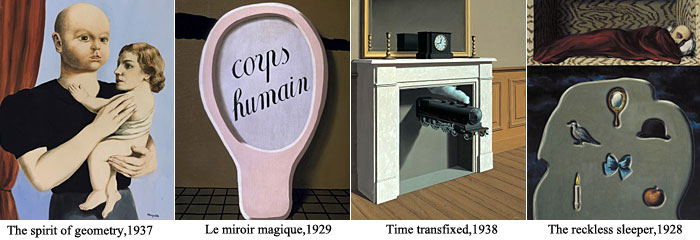





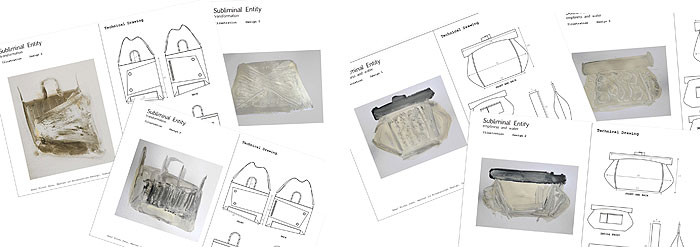


 Within the grand park Palestro which is close to the Corso Buenos Aires – a street which is always crowded by life and energy. We see an exciting journey to the public, for the first time in Europe displaying the art and creativity of the most famous artists in the world of animation.
Within the grand park Palestro which is close to the Corso Buenos Aires – a street which is always crowded by life and energy. We see an exciting journey to the public, for the first time in Europe displaying the art and creativity of the most famous artists in the world of animation.

